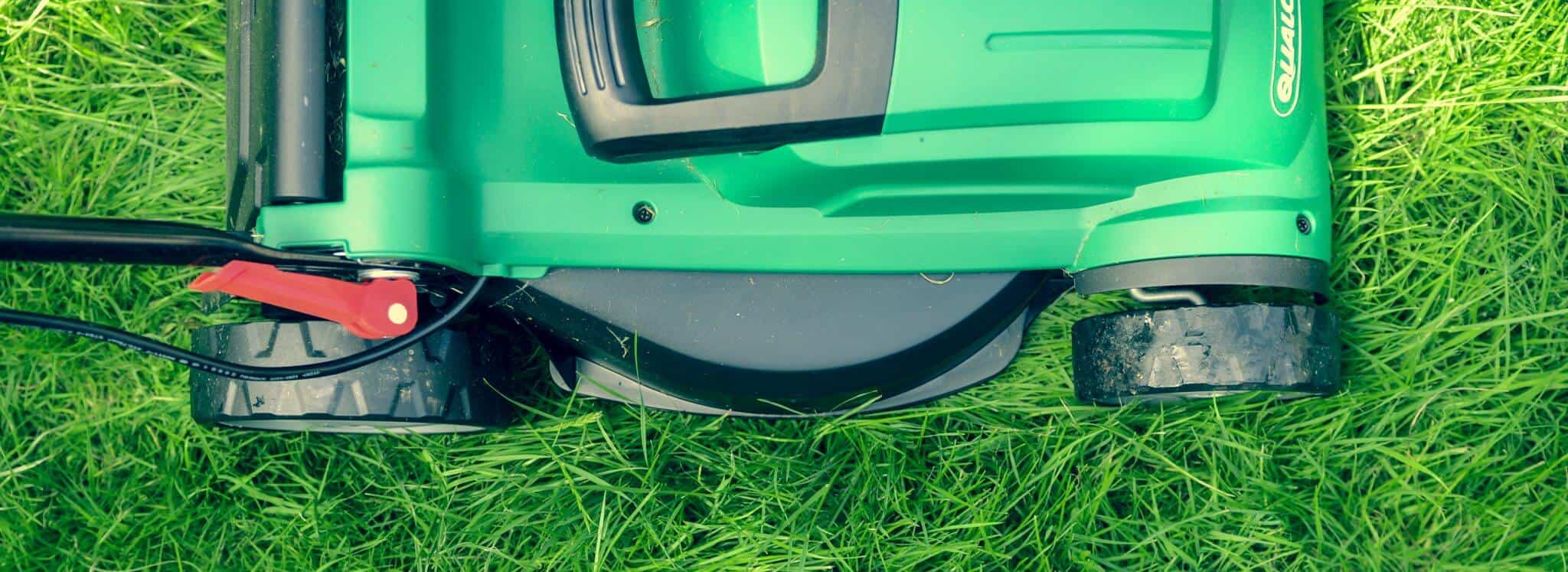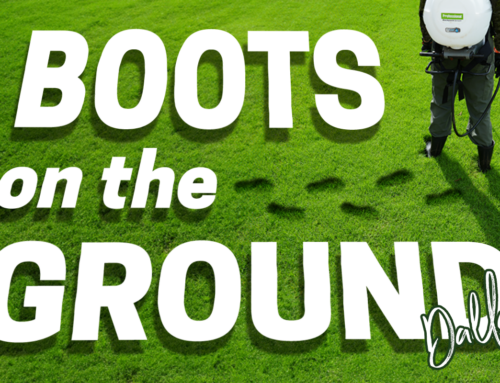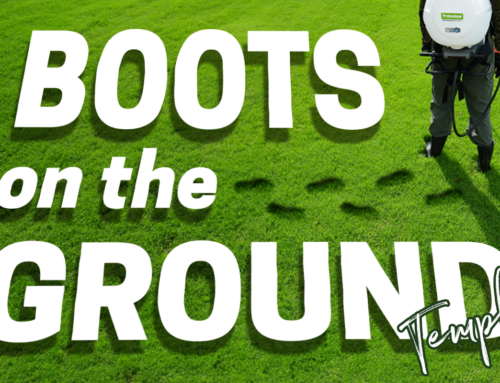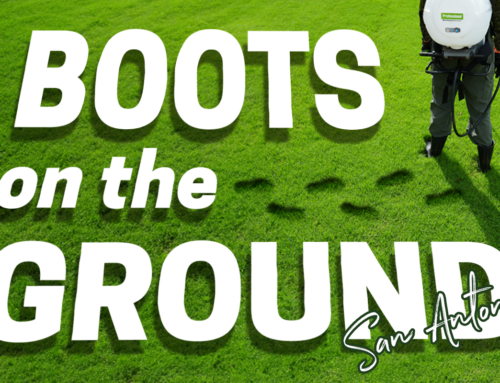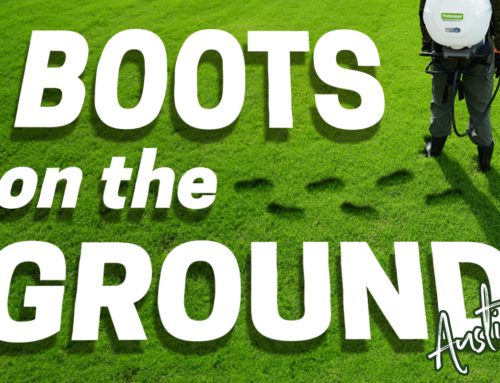What Height Should You Mow Your Central Texas Grass?
Central Texas growing conditions are harsh, so every step in lawn care is important.
When its past dormancy, and you’re properly watering and caring for your grass, it’s likely growing pretty fast. But it’s important to remember that your mowing heights need to be changed depending on the season and the type of grass on your lawn.
*Remember to select a lawnmower that utilizes adjustable height* and allows you to easily identify what height you have it set on.
With that in mind, let’s go over proper mowing for four different types of Central Texas grass.
Mowing St. Augustine Grass
If you’ve chosen St. Augustine grass as your lawn-type, we totally get it! This medium-maintenance grass is not only attractive but also good at protecting itself when its nutrient-rich cuttings are mowed out onto itself.
How tall should your grass be in Spring & Summer
- Mow in March, a notch or two shorter than you normally do to get rid of dead material (this allows the lawn to come out of dormancy faster)
- Keep the lawn at 2.5″ to 3.5″ spring and summer mowing height
- For shady lawns, keep it between 3″ to 3.5″
- The mowing frequency will vary throughout the year based on rain, but you can expect to mow about once a week
How tall should your grass be in Fall
- Keep the lawn height at 3″ until your lawn goes dormant
Mowing Bermuda Grass
Bermuda grass is tolerant to both high-traffic and drought, making it an excellent choice for Central Texas. According to Texas A&M Co-op Extension, it grows “best under extended periods of high temperature, mild winters and moderate to high rainfall.”
How tall should your grass be in Spring & Summer
- Mow in March, a notch or two shorter than you normally do to get rid of dead material (this allows the lawn to come out of dormancy faster)
- Keep the grass at 1.5″ to 2.5″ in height, gradually raising the grass height leading up to the hotter weather
- Mow Bermuda once every 5 to 7 days, which protects your lawn from disease and thatch build-up
How tall should your grass be in Fall
- Continue around a 2″ mowing height until the lawn is dormant
Mowing Buffalo Grass
Buffalo Grass is s a low-maintenance prairie grass and has less risk for lawn disease. It looks best (and is healthiest) in its natural state…nice and tall.
How tall should your grass be in Spring & Summer
- Mow in March, a notch or two shorter than you normally do to get rid of dead material (this allows the lawn to come out of dormancy faster)
- Keep the grass at 4″ to 6″ mowing height
- Mow Buffalo once every 2 to 4 weeks
How tall should your grass be in Fall
- Continue around a 5″ mowing height until the lawn is dormant
Mowing Zoysia Grass
Zoysiagrass is another drought-tolerant option but requires regular dethatching.
How tall should your grass be in Spring & Summer
- Mow in March, a notch or two shorter than you normally do to get rid of dead material (this allows the lawn to come out of dormancy faster)
- For thin blade zoysia, keep at 1″ to 2″
- For course blade zoysia, maintain at 2″ to 3″
- The mowing frequency will vary throughout the year based on rain, but you can expect to mow about once a week
How tall should your grass be in Fall
-
- You’ll want to be cutting Zoysia grass at a height of 2″ until your lawn goes dormant
Wrapping Up
Well, there you have it! If you’d like to have a professional technician come over and analyze the health of your lawn for a free, 8 point assessment, get in touch with us at 512.990.2199 or online.
For further reading, check out our list of Emerald Lawns blogs and also this article on St. Augustine mowing.
If you’re on Facebook and love greenery, swing by our official Emerald Lawns Facebook page. We update it frequently with exciting images and lawn care advice.


